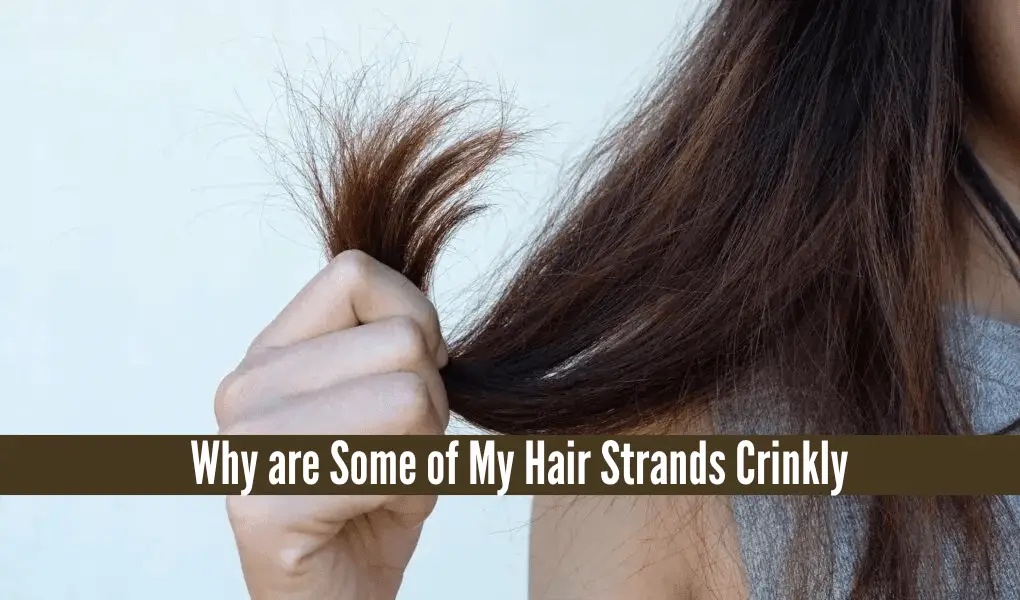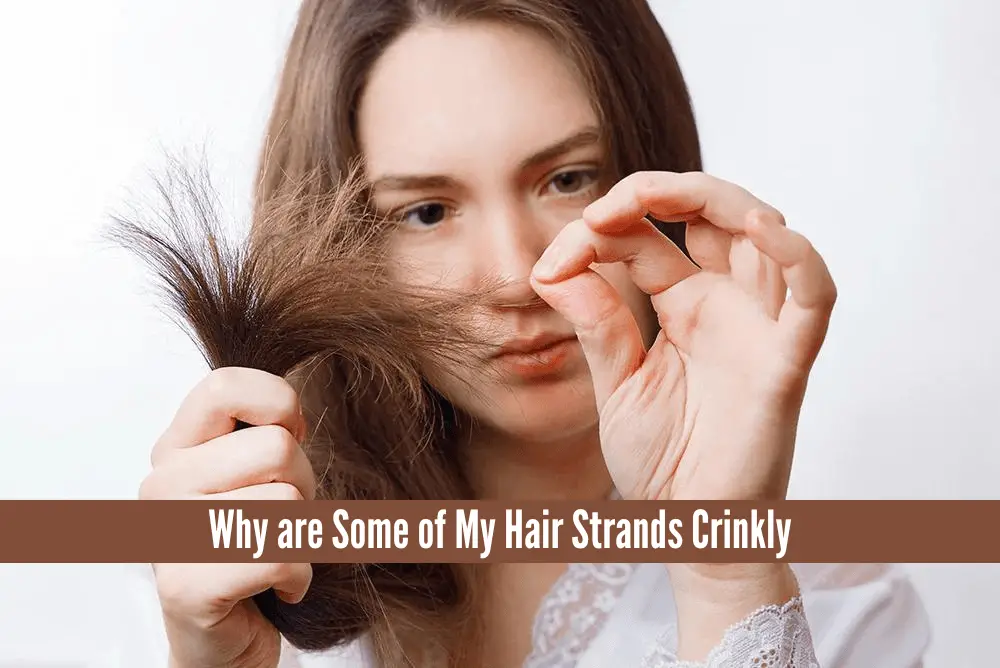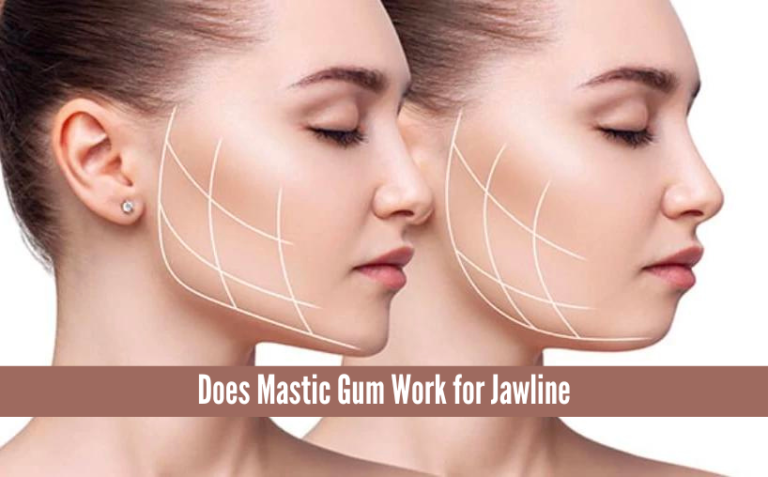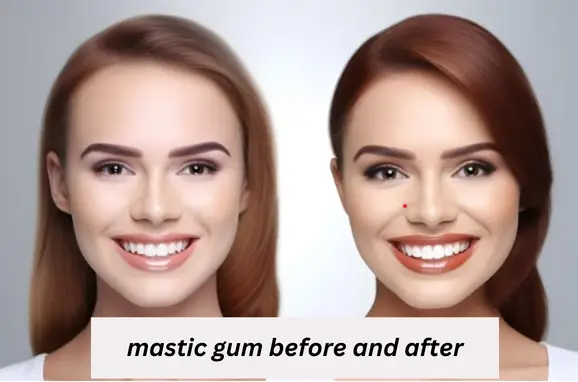Why Are Some of My Hair Strands Crinkly? Unraveling the Mystery

Have you ever run your fingers through your hair only to feel some strands that are crinkly and different from the rest? This phenomenon can be puzzling, especially when the majority of your hair feels smooth and uniform.
In this blog post, we all delve into the reasons why some of your hair strands may be crinkly and what you can do to manage them.
Understanding Hair Structure
To get to the root of crinkly hair strands, it is essential to understand hair structure. Each hair strand comprises three main layers.
The cuticle is the outermost layer, protecting the inner layers and contributing to the hairs shine.
The cortex, which makes up the bulk of the hair, determines its colour, strength, and texture.
What Are Crinkly Hair Strands?
Crinkly hair strands are sections of hair that appear wavy, crimped, or unevenly textured, different from the rest of your hair.
These strands can feel rough or bumpy to the touch and may not align with the general texture of your hair.
Unlike the smooth and cohesive appearance of well-aligned hair fibres.
Causes of Crinkly Hair Strands
Genetic Factors
One of the primary reasons for crinkly hair strands is genetics. Your hair type, texture, and even the presence of crinkly strands can be inherited from your family.
Environmental Damage
Exposure to environmental elements like UV rays, pollution, and harsh weather conditions can weaken the hair cuticle, leading to irregular textures. Over time, this damage can cause some hair strands to become crinkly or wiry.
Heat and Chemical Treatments
Frequent use of heat styling tools, such as flat irons, curling irons, and blow dryers, can damage the hair cuticle, leading to changes in texture. Similarly, chemical treatments like colouring and relaxing can alter the hair’s structure, resulting in crinkly strands.
Nutritional Deficiencies
A level diet is crucial for maintaining healthy hair. Deficiencies in essential nutrients like vitamins A, C, D, E, and biotin, as well as minerals like iron and zinc, can affect hair texture and strength.
Mechanical Damage
Tugging, pulling, and over-brushing your hair can cause physical damage to individual strands. This mechanical stress can lead to breakage and create crinkly textures. A gentle touch and appropriate hair tools can minimize this type of damage.
Hormonal Changes
Hormonal fluctuations, whether due to pregnancy, menopause, or medical conditions like thyroid disorders, can impact hair texture. These changes can cause some strands to become crinkly or wiry while others remain smooth.

Trichotillomania and Crinkly Hair Strands
Trichotillomania, a condition characterized by a compulsive urge to pull out one hair, can be a significant factor in developing crinkly hair strands.
Individuals with this disorder often find themselves repeatedly pulling out scalp hair, which can lead to repeated trauma and damage to the hair follicles.
When hair grows back after being forcibly removed, it may do so with a different texture, often appearing more crinkly.
This is because continuous pulling can alter the hair’s natural growth pattern, forming irregular and unpredictable strands.
Also Read: Understanding the Trichotillomania Hair Follicle Parasite
How to Manage and Prevent Crinkly Hair Strands
Hydrate and Nourish
Keeping your hair well-moisturized can help prevent crinkly strands. Use hydrating shampoos and conditioners, incorporating deep conditioning treatments into your hair care routine.
Minimize Heat and Chemical Exposure
Limit the use of heat styling tools and chemical treatments. When you do use heat tools, apply a heat protectant spray to shield your hair from damage. Opt for gentler, more natural hair colouring options.
Protect from Environmental Damage
Wear a hat or UV protectant spray when spending extended periods outdoors. This can help shield your hair from harmful UV rays and environmental pollutants.
Eat a Balanced Diet
Ensure that your diet includes a variety of vitamins and minerals essential for healthy hair. Foods rich in omega-3 fatty acids, vitamins A and C, and biotin can promote stronger, smoother hair.
Be Gentle with Your Hair
Avoid excessive brushing, especially when your hair is wet and more vulnerable to damage. When towel-drying your hair, gently squeeze out excess water instead of rubbing vigorously.
Consider Professional Advice
If you’re concerned about persistent crinkly hair strands, it may be beneficial to consult a dermatologist or trichologist. They can provide personalized advice and treatments tailored to your specific hair concerns.
How To Treatment Crinkly Hair
Trim Regularly
Regular trims every 6-8 weeks can help get rid of damaged and split ends, which can contribute to the crinkled appearance of hair.
By removing these damaged ends, your hair will be able to grow stronger and healthier.
Use Protein Treatments
Protein treatments can help repair and maintain damaged hair.
Look for products that contain ingredients such as keratin and collagen.
Which can help rebuild the hair’s structure and reduce breakage.
Use these treatments once a week or every other week, depending on the condition of your hair.
Deep Condition Regularly
Deep conditioning treatments can help restore moisture and nutrition to dry and damaged hair.
Look for products with ingredients like shea butter, coconut oil, or avocado oil, known for their hydrating properties.
You can also use a steam treatment for an extra water boost.
This involves applying a deep conditioner and then covering your hair with a shower cap or towel while taking a warm shower.
The steam will help the product penetrate deeper into the hair for maximum hydration.
Avoid Heat Styling
To give your hair a break from heat damage, try to limit the use of heat styling tools as much as possible.
Instead, embrace your natural hair texture and try heatless hairstyles like braids, buns, or twist-outs.
If you need heat on your hair, always use a heat protectant and choose lower heat settings whenever possible.
Protect Your Hair While Sleeping
The friction from cotton pillowcases can cause damage and breakage to hair, leading to a crinkled appearance.
To prevent this, try switching to a gentler silk or satin pillowcase on the hair.
Using a silk or satin bonnet or scarf, you can also protect your hair while sleeping.
This will help minimize friction and keep your hair smooth and hydrated.
Conclusion
Understanding why some hair strands are crinkly can help you better care for and embrace your hair’s natural texture.
There are various ways to manage and style crinkly hair, whether it’s due to genetics, damage, or other factors. Embrace your unique hair, take good care of it, and let your natural beauty shine through.
FAQ:
What causes some hair strands to be crinkly?
Crinkly hair strands can be caused by genetics, damage from heat and chemical treatments, environmental factors, and health or nutritional deficiencies.
Can crinkly hair become straight?
While crinkly hair can be temporarily straightened using heat styling tools, it’s important to note that repeated use can cause further damage. Permanent straightening treatments are available but should be approached with caution.
Are crinkly hair strands a sign of damage?
Crinkly hair strands can indicate damage, especially if they are a recent development. Environmental factors, chemical treatments, and heat styling can all contribute to this texture change.
How can I prevent my hair from becoming crinkly?
To prevent hair from becoming crinkly, avoid excessive heat and chemical treatments, protect your hair from environmental damage, and maintain a healthy hair care routine with proper hydration and conditioning.
What products are best for crinkly hair?
Products that are moisturizing and hydrating, such as those containing shea butter, argan oil, and keratin, are best for crinkly hair. Deep conditioning treatments and leave-in conditioners can also help manage and improve the texture of crinkly hair strands.

